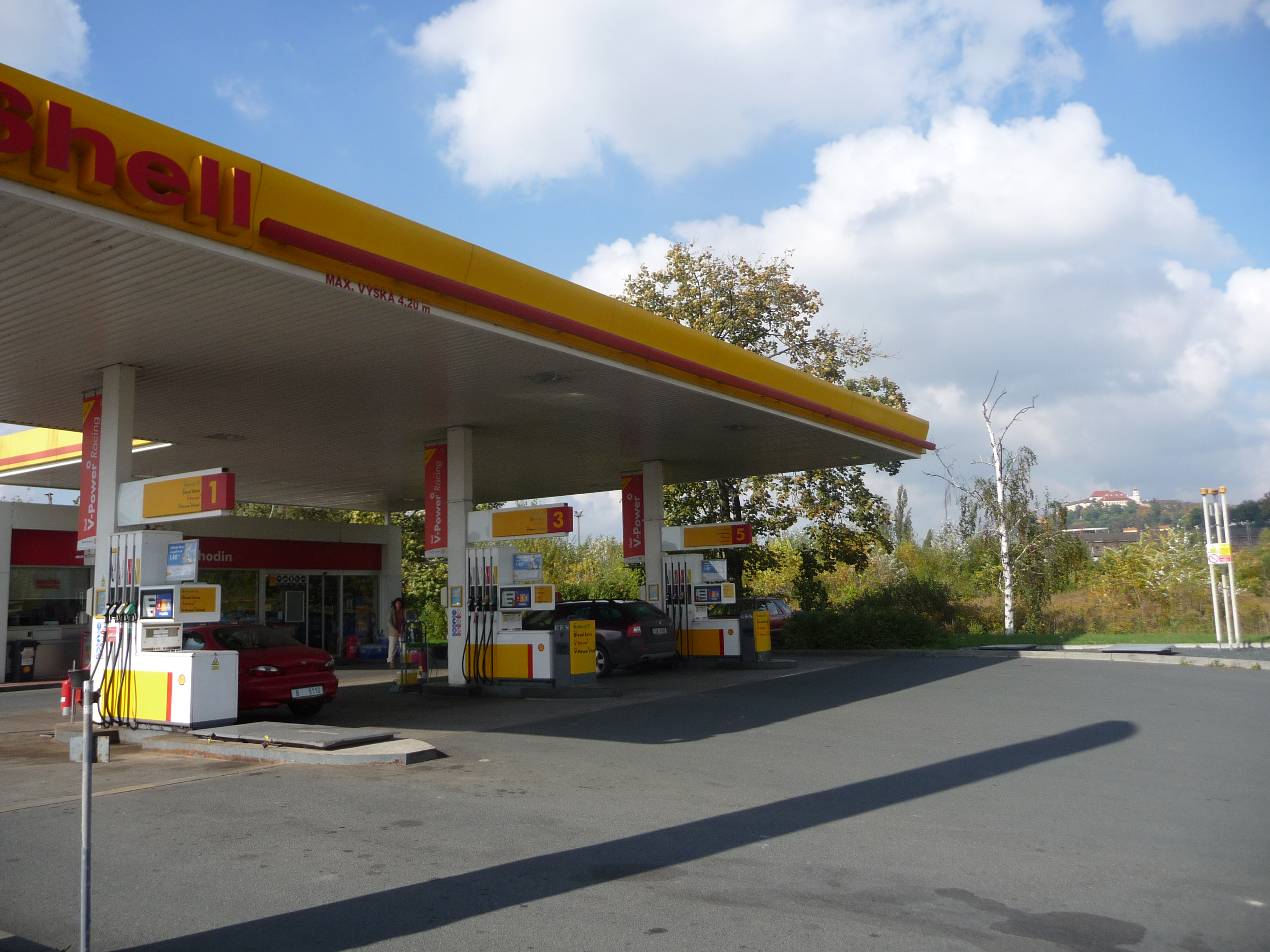Scrubbers and reboilers
The separated gas may contain mist and other liquid droplets. Drops of
water and hydrocarbons also form when the gas is cooled in the heat
exchanger, and must be removed before it reaches the compressor. If liquid
droplets enter the compressor, they will erode the fast rotating blades. A
scrubber is designed to remove small fractions of liquid from the gas.
There are various types of gas-drying equipment available, but the most
common suction (compressor) scrubber is based on dehydration by
absorption in triethylene glycol (TEG).
The scrubber consists of many levels
of glycol layers.
A large number of gas traps (enlarged detail) force the gas to bubble up
through each glycol layer as it flows from the bottom to the top of each
section.
Processed glycol is pumped in at the top from the holding tank. It flows from
level to level against the gas flow as it spills over the edge of each trap.
50
During this process, it absorbs liquids from the gas and comes out as rich
glycol at the bottom. The holding tank also functions as a heat exchanger for
liquid, to and from the reboilers.
The glycol is recycled by removing the absorbed liquid. This is done in the
reboiler, which is filled with rich glycol and heated to boil out the liquids at
temperature of about 130-180 °C (260-350 °F) for a number of hours.
Usually there is a distillation column on the gas vent to further improve
separation of glycol and other hydrocarbons. For higher capacity, there are
often two reboilers which alternate between heating rich glycol and draining
recycled processed glycol. On a standalone unit, the heat is supplied from a
burner that uses the recovered vaporized hydrocarbons. In other designs,
heating will be a combination of hot cooling substances from other parts of
the process and electric heaters, and recycling the hydrocarbon liquids to the
third stage separator.
Figure 7, Glycol regeneration
4.
3.3 Compressors, anti-surge and performance
Compressors are used in many parts of the oil and gas process, from
upstream production to gas plants, pipelines, LNG and petrochemical plants.
The overview given here will therefore be referenced from other sections.
Several types of compressors are used for gas compression, each with
different characteristics such as operating power, speed, pressure and
volume






0 Comments